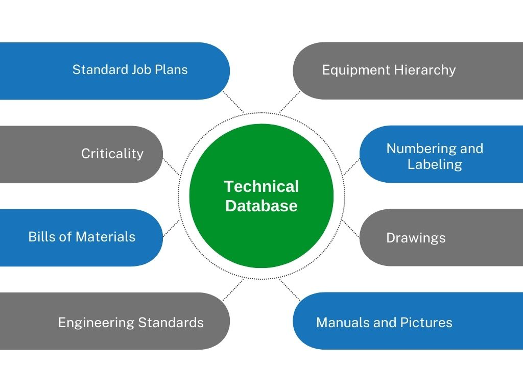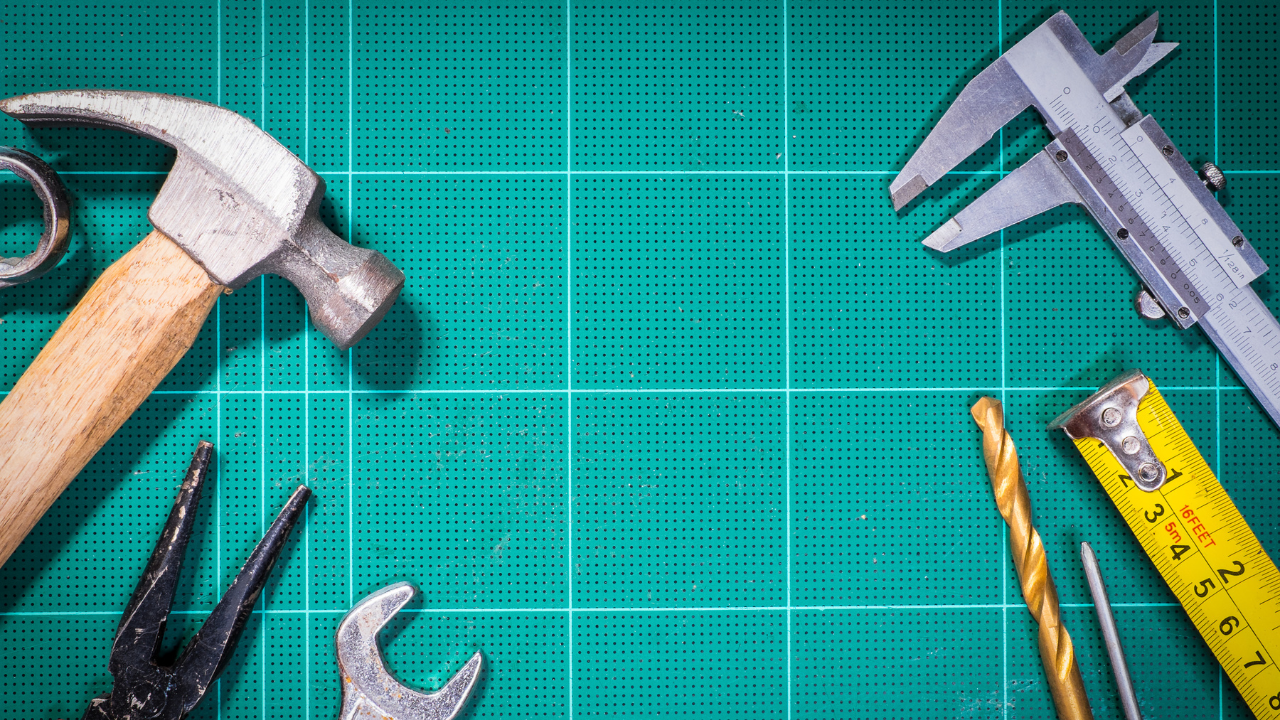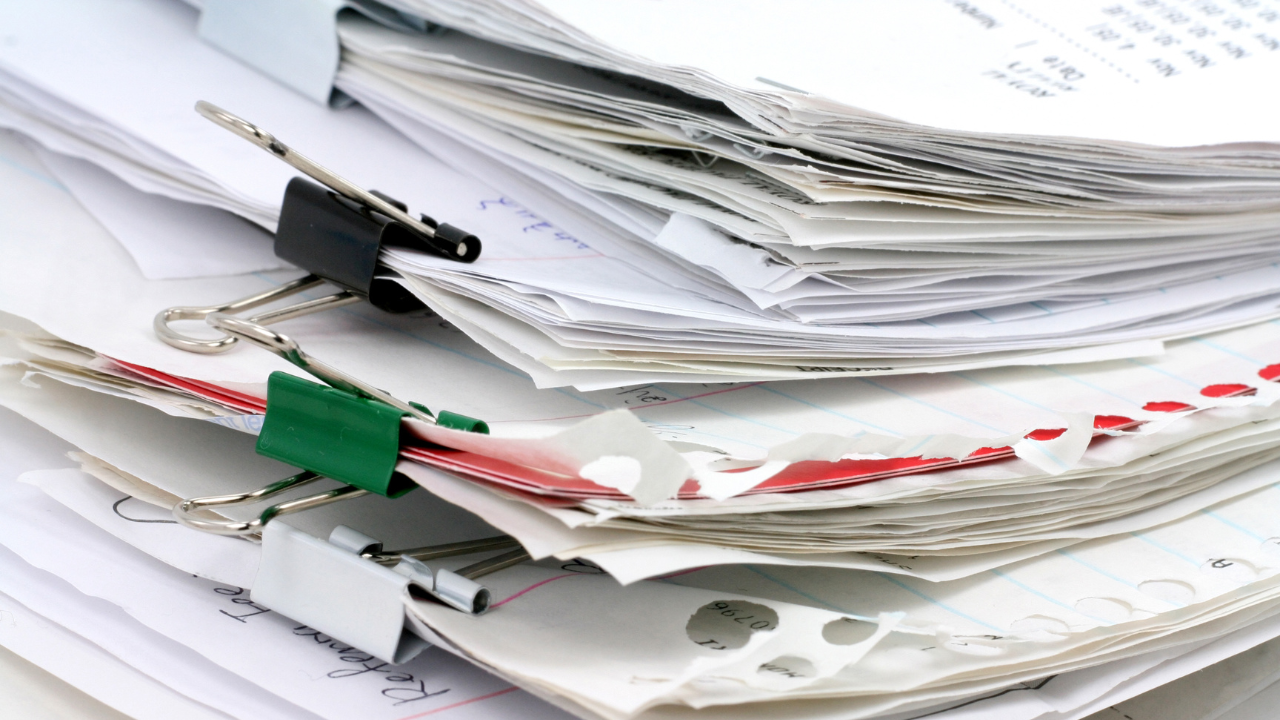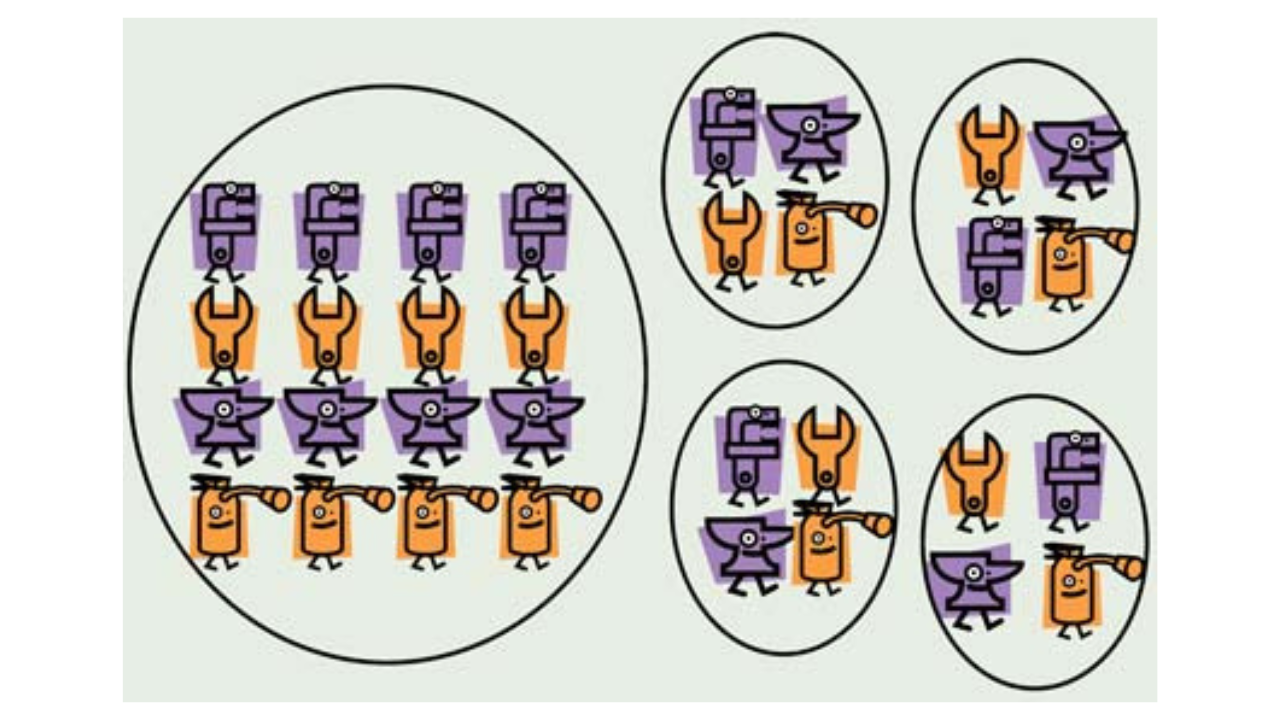Equipping Crews for Cost Savings with Standard Job Plans
John Sewell, CMRP, Consultant, IDCON INC
Published 8/22/2023
Standard Job Plans (SJPs) are the product of the planning process. Work crews that have access to well documented SJPs perform higher quality and more consistent work. Using SJPs, effort isn’t wasted on searching for needed information while in the field. SJPs streamline the planning process by allowing planners to refine past plans instead of starting from scratch for each job. SJPs also support a positive plant culture by providing a mechanism for continuous improvement. The knowledge and experience of seasoned crew members are captured allowing SJPs to be used as excellent training material for new employees.

What are the key components of a Standard Job Plan?
Standard Job Plans should contain all information necessary to adequately describe the what, how, and how long of a maintenance activity.
SJP Title and Job Description – Name the SJP and provide a brief description of the job. This information will enable the SJP to be filed against the correct equipment and communicate to planners when it can be used. SJPs for similar future jobs can quickly be created by tailoring existing SJPs to fit. Some organizations may also include a reference number that will link the SJP to a document management system.
Equipment State and EHS Procedures/Permits – Clearly identify if the SJP applies to equipment that is operating or requires an outage, either just the equipment in question or a wider area. Identify known hazards and list controls to mitigate the hazards. List any Environmental, Health and Safety (EHS) permits required to be completed before or during the job.
Pre-work Checklists and Coordination with Operations – Include specific pre-work checklists for the job. List any special coordination that will need to be conducted with Operations or other departments and contractors outside of the maintenance organization. List all specific equipment to be locked out for the job.
Tools, Equipment, and Utility Needs – List the tools necessary to complete the job. Pay careful attention to special tools that are not used for routine maintenance. List equipment needs like scissor lifts, scaffolding, or rental equipment. Also list utility needs like compressed air or high voltage power. Listing utility needs is especially important for jobs done during plant outages that may impact the availability of certain utilities.
Parts List – Provide a list of parts to be used during the job. These parts should be a subset of the parts shown on the bill of material and be specific to the job. A table format showing the part name and number from the CMMS, as well as the quantity needed, will allow for efficient planning the next time the job is done.
Applicable Crew(s) and Time Estimates – List the crews that will participate on the job and the number of people from each crew. Include an estimate of the total duration for each crew to aid scheduling. For major jobs involving multiple crews, a simplified Gantt chart can be used. This is especially valuable for outage jobs where close coordination between crews is required.
Job Steps – List the steps needed to complete the job. Use enough detail that the crew doesn’t need to break away from the job to look for additional information. Include pictures and snippets of drawings and manuals to illustrate key steps. Include quality control checkpoints as needed to ensure the steps are being completed to the required standard. Post-work Checklists and Coordination with Operations – Provide a checklist for closing the job and cleaning up the work area. List steps to return the equipment to service or over to operations. Include signoffs as needed to adequately verify completion of the job.
References – Provide a list of references for additional information. References may include a complete list of relevant drawings, the location of the owner’s manual, or a full bill of material. These references will answer any questions about the procedure.

How do I create High Quality Standard Job Plans?
Step 1: Develop a Template – Develop a sitewide template to be used for all SJPs. Standardization will allow for easy understanding when crews move from one area of the plant to another. Include key headings in the SJP template and train planners, crews, and engineers in how to create, review, and use them.
Step 2: Follow Planning Best Practices – Use the best practices for planning to ensure the SJPs are created to a high standard. Give the planners time to plan by supporting them with good bills of material and easy access to relevant drawings and manuals. Train planners in the use of a planning checklist that highlights the need for creation of a new SJP or modification of an existing one.
Step 3: Stay Organized – Save the SJPs directly in the CMMS to the equipment the procedure covers. If the CMMS does not have this capability, save them in a file structure that matches the plant hierarchy. Use a consistent naming convention and clear description of the job in the header.
What are the best practices for Standard Job Plans?
Focus on creating SJPs that are accurate, accessible, and applied.

Accurate – Due to the repetitive nature of the jobs, SJPs must be accurate. Develop a technical foundation for the SJPs through good planning practices. Keep SJPs up to date as changes are made to the equipment. Encourage crews to provide feedback on the SJP and make sure their comments are being reflected in future versions. Develop a sense of ownership of the SJPs in planners and crews.
Accessible – Ensure SJPs are being made available to the crews. New SJPs should be created as needed, often by modifying a preexisting plan. Save the SJPs in the CMMS or an organized and shared file structure.
Applied – Follow up with crews in the field to make sure the SJPs are being used. Ensure that steps are not skipped and that the plans are marked with corrections or suggestions for improvement as part of routine work processes.
How do Standard Job Plans fit within the Technical Database?
SJPs are an element of the technical database and play a key role in the planning and scheduling process.

High quality standard job plans are the result of the planning process. It is within Standard Job Plans that all other elements of the technical database come together. With accurate, accessible, and applied SJPs, crews can repeatably perform quality work in the field. With a library of plans, the planning effort is streamlined and improved. Key information should be included in a SJP to clearly communicate the tools, materials, and methods to be used for a particular job. SJPs can be created by developing a template, following planning best practices, and by keeping everything organized. Standard job plans require an up-front investment to create but provide long-term value. Using SJPs will improve the planning process and work execution, which will reduce the overall cost of production.
The technical database is made up of eight components, if you’re interested in learning more about each component follow along with the series as it is updated each month.
- Equipment Hierarchy
- Equipment Numbering and Labeling
- Drawings, Manuals, and Pictures
- Engineering Standards
- Bill of Materials
- Criticality

John Sewell, CMRP
John Sewell, CMRP is a Consultant with IDCON INC, a specialized management consulting firm in the field of reliability and maintenance management. As a consultant, John works with clients in any industry to improve reliability and lower manufacturing and maintenance costs through hands-on coaching and training.
Related Articles

A Planner's Tool Kit

Uptime: Fill Out Work Orders? Who's Got Time for Paperwork?

Tips for Maintenance Planning

Centralized Maintenance vs. Decentralized

You Cannot Maximize Production or Reduce Costs Without the use of an Effective Planned Maintenance System

Work Order Prioritization




